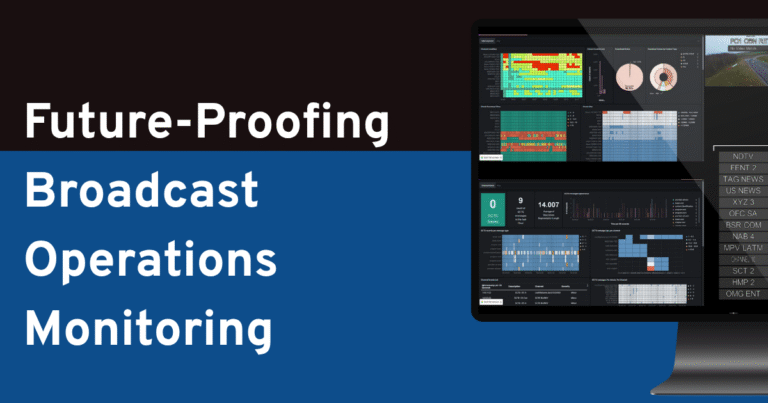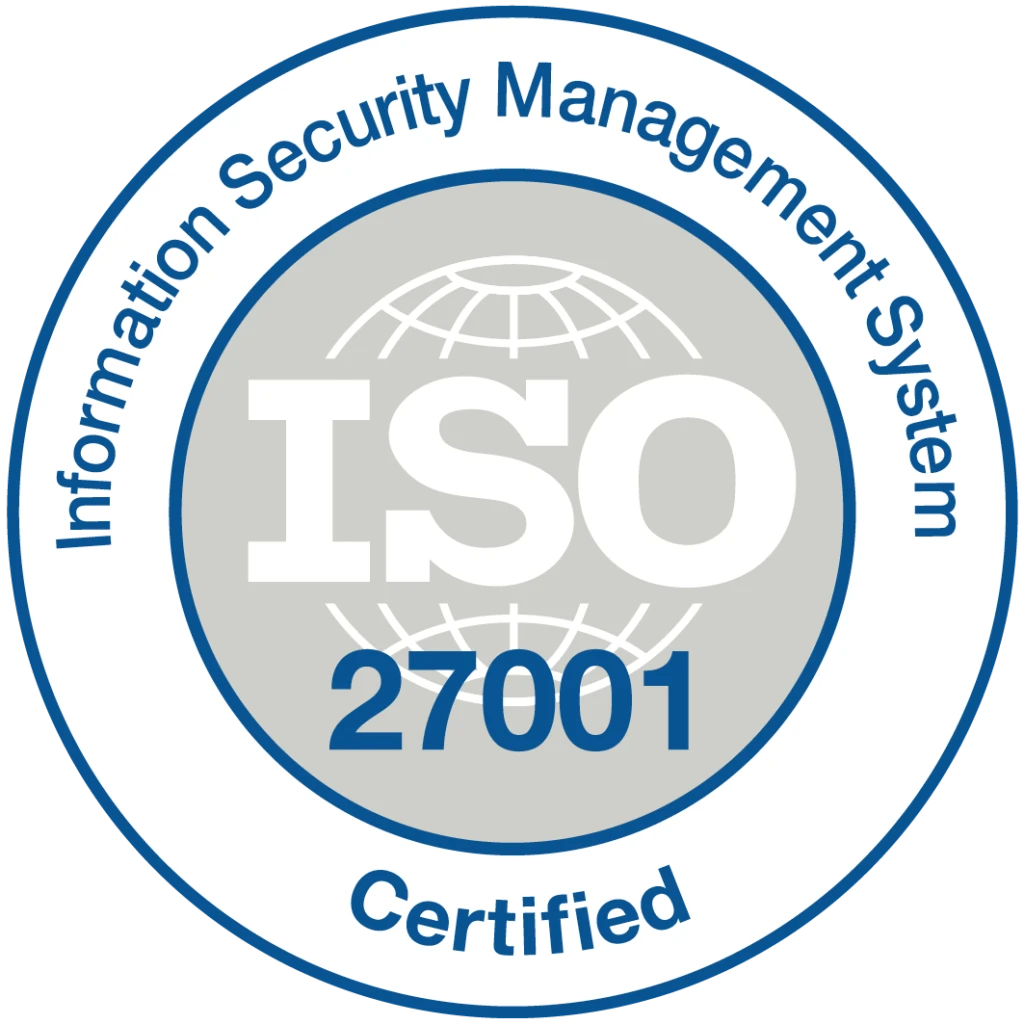TAG Platform Provides Infinite Scalability, Flexibility and Customization for Major Growth and Efficiency Gains
At A Glance – The Players
Nexion Co., Ltd.
Nexion Co., Ltd., a pioneer in video transmission solutions located in Tokyo, connects the world through video via its global network. Operating around the clock, 365 days a year, Nexion’s video HUB serves as the base for domestic and international event video transmission with dedicated lines for video/ data and is the nucleus for all related operational services.
DIGIcas
Headquartered in Tokyo, DIGIcas is an international provider of best-of-breed hardware and software solutions for the Broadcast and Media market. DIGIcas is a young, forward-thinking company well-versed in the benefits of IP and thoroughly aware and prepared for the challenges encountered on the transition path.
The Challenge
The Tokyo Network Operation Centre (TNOC) is the hub of Nexion’s operation, maintaining constant connections with over 50 domestic broadcasters/ broadcasting facilities and over 90 event and sport venues. The TNOC is also connected to major video HUBs and leading overseas communication carriers in the US, Europe, Asia, etc., allowing for the distribution and delivery of high-quality video between domestic and international locations through various transmission methods including optical fiber, satellite communication, IP lines, and recently added 4K/10G lines and AWS cloud. The TNOC, one of the few video HUBs in Japan with operators on duty 24/7, 365 days a year, facilitates video transmissions from within and outside the country continuously.
Responding to the growing needs for video and streaming content, Nexion began considering a new transmission project during the summer of 2022. The project encompassed monitoring over 100 channels of video from various sports event venues through the TNOC and transmitting them to multiple distribution platforms via IP—a largescale endeavor. Accustomed to monitoring with SDI, the task of converting to IP workflows and the associated costs presented a significant challenge.
Keisuke Hamada of the Technical Support Group in the Sales Division recalls the concerns in this project:
“Normally we receive SDI signals at the venue, send them to TNOC via optical network, monitor the SDI signals at TNOC and then send them to each platform. In this project, however, we needed to convert to IP at the TNOC for transmission to each platform. Also, in order for us to be able to determine whether a problem in the transmission stream was caused by the transmitting encoder or the receiving decoder, it was necessary to monitor the signal after it was converted to IP at the TNOC. As this system has over 100 channels, monitoring them all over SDI as usual would be a significant challenge in terms of workload and cost to convert IP back to SDI.”
To overcome these obstacles, the team evaluated and tested several devices that could monitor in IP.
Nexion established the specifications necessary for the new facility, taking into consideration the future increase in video utilization via IP, emphasizing the need to convert from SDI to IP and to monitor and troubleshoot in IP. The project’s requirements also included the capability to handle and manage multiple streams centrally, up to four from each venue, simultaneously sent to the TNOC.

MCM-9000’s penalty box function displays an alert (yellow bar) on streams where an error is detected.
The Solution
Working with DIGIcas, Nexion ultimately selected TAG Video Systems’ multi-level Realtime Media Performance platform. The multiviewer component of the platform, TAG’s Multi-Channel Monitoring system (MCM), provides Nexion with real-time deep, end-to-end monitoring and visualization across all workflows and topologies, while the platform’s Media Control System (MCS) enables Nexion to aggregate and orchestrate its own data.
Nexion is using the MCM, which offers an array of functions to aid monitoring operators, to support up to 250 streams (SD) per unit. The MCM can receive all broadcast formats, including 2110/2022-6 uncompressed, MPEG-TS compressed, OTT streams, and monitor the quality and integrity of encoded video content.
Nexion is using TAG’s Media Control System (MCS) for orchestration and control of the MCMs. The MCS provides a centralized control and managed architecture, consolidating all aspects of system operation in one place, simplifying user interaction, and third-party integration, with GUI-based customization of a wide range of applications.
DIGIcas began integration of TAG’s Realtime Media Performance platform in January 2023, with full operation launched in February 2023.

Jun Kato of the Technical Department at the Tokyo Line Center, noted the outstanding benefits of the system, explaining, “Previously video monitoring required separate equipment for error monitoring, but now video and audio monitoring, as well as error detection, are visible on a single screen. The penalty box feature pops up alerts for errors, enhancing monitoring efficiency significantly. The flexibility of configuring monitoring features through the GUI is also a significant advantage, allowing for easy customization of monitoring parameters in accordance with each use case.”
The deployment of both TAG’s MCS and MCM applications has not only improved operational efficiency but allowed Nexion to maximize personnel allocation. Now, operators need only to respond to alerts, and the system’s recording capabilities facilitate error verification. This has led to an improvement in staff flexibility and efficiency.
Looking Forward
In closing, Mr. Hamada summarized the experience of working with DIGIcas and the implementation of the TAG platform:
“Thanks to the energetic support, including pre-implementation demonstrations, actual deployment work, and adjustments to fit our operations, we were able to start operations smoothly. As the demand for video and video content continues to rise, we look forward to further improvements in operational efficiency through the provision of equipment and services, such as the TAG platform, that keep us ahead of the technology curve.”







